With no iPhone 14 mini expected to feature in Apple's upcoming iPhone 14 series lineup this September, we look at the best possible alternative iPhone options for those who prefer smaller form factor devices.
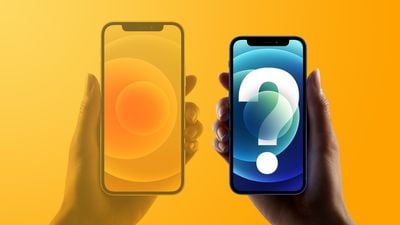
iPhone sizes are changing this year, and Apple is widely believed to be eliminating the 5.4-inch iPhone mini from the iPhone 14 lineup, as the iPhone 13 mini was not popular enough with customers. That leaves fans of the smaller devices who are looking for a new iPhone with a purchase dilemma. So what are your options likely to be?
Consider the Next iPhone 14 Size Up
If you're considering buying an iPhone 14 in lieu of a "mini" device, here's what you need to know. Apple is focusing on larger iPhone sizes for its flagship devices going forward, and this year we're expecting to see a 6.1-inch iPhone 14, a 6.1-inch iPhone 14 Pro, a 6.7-inch iPhone 14 Max, and a 6.7-inch iPhone 14 Pro Max. That means there will be non-Pro and Pro variants of both phone sizes, something Apple hasn't done before.
As far as the upcoming iPhone series goes, users who prefer the dimensions of a 5.4-inch iPhone mini are unlikely to jump to the 6.7-inch models, which leaves either the 6.1-inch iPhone 14 or the 6.1-inch iPhone 14 Pro as potential alternatives.
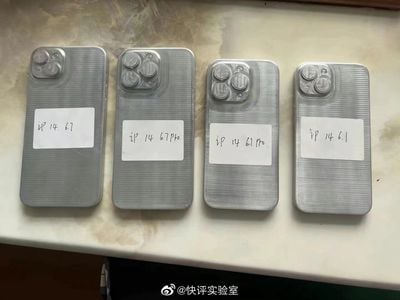
6.1-inch iPhone 14 Design Changes
Design-wise, the two 6.1-inch models will look different to each other, with the non-Pro model retaining the notch that houses the Face ID components on the iPhone 12 mini and iPhone 13 mini.
In contrast, the Pro models are expected to feature a circular hole-punch cutout for the camera paired with a pill-shaped cutout to house the Face ID components.
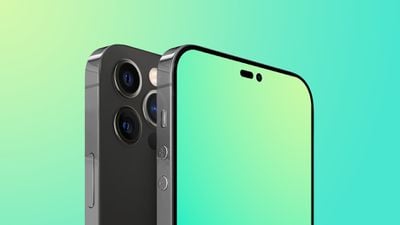
With new camera technology expected to feature, the camera bumps for the 6.1-inch iPhone 14 and iPhone 14 Pro could also get thicker, with the Pro's bump growing in size more notably. Aside from that, there are no other major design changes expected for the 2022 iPhone models when compared to iPhone Mini models.
6.1-inch iPhone 14 Hardware Features
Apple is further differentiating its non-Pro and Pro model iPhones this year, therefore many of the headlining features of its 6.1-inch devices are likely to be exclusive to the iPhone 14 Pro model, which is going to make it more expensive.
With Apple looking to cut costs, rumors suggest non-Pro iPhone 14 models are likely to continue to use the same A15 chip that was introduced in the iPhone 13 series, while the iPhone 14 Pro models will receive an updated A16 chip.
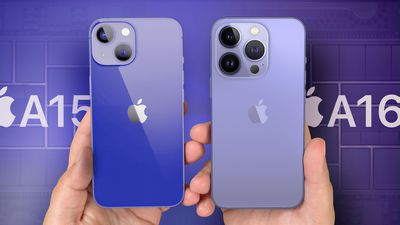
The other Pro features expected include an always-on display mode, a triple-lens camera system with a 48-megapixel Wide camera and a seven-element telephoto lens.
With the iPhone 13 Pro models, Apple introduced an improved six-element Ultra Wide lens with an improved ƒ/1.8 aperture, with these improvements expected to come to the dual-lens systems on the standard iPhone 14 models.
Otherwise, all of the iPhone 14 models coming this year are expected to feature an upgraded front camera with a wider ƒ/1.9 aperture and autofocus capabilities.
The iPhone 14 is expected to be priced starting at $799, which is the starting price for the iPhone 13. For more details, be sure to check out our dedicated iPhone 14 roundup.
The iPhone 13 Mini May Yet Stick Around
While there's no evidence pointing once way or the other, Apple could conceivably continue to offer the iPhone 13 mini alongside the iPhone 14 series when it launches.
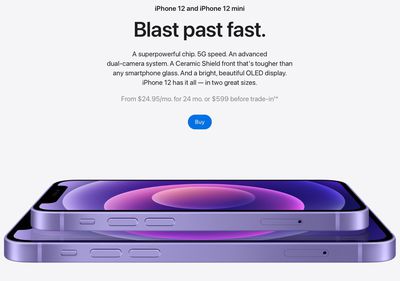
Apple still offers 2020's iPhone 12 and iPhone 12 mini alongside the latest iPhone 13 series, so it could well do the same and continue to sell the iPhone 13 mini at a reduced price when the new flagship devices go live.
Keep an Eye on Apple's Refurb Store
Apple in July began selling certified refurbished iPhone 12 mini devices for the first time since the device was released in October 2020. While Apple's refurb store doesn't currently have the model in stock and its successor has yet to be listed, the long wait between launch and refurb availability suggests that Apple could yet begin selling iPhone 13 mini models on the site, or perhaps re-stock iPhone 12 mini models.
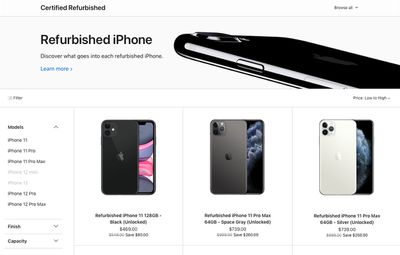
If you're in the market for an iPhone 12 mini or iPhone 13 mini, it's worth keeping tabs on the refurb store shortly after Apple launches the iPhone 14 series, as Apple often reshuffles the site with new stock in the following weeks.
Refurbished iPhones come unlocked and SIM-free. All refurbished iPhones come with a new battery, a new outer shell, and a new white box that includes all manuals and a USB-C to Lightning cable. All refurbished iPhones are covered by Apple's standard one-year warranty and are eligible for extended AppleCare+ coverage.
Apple says its refurbished iPhones are thoroughly tested and cleaned, and in our view, they are virtually indistinguishable from brand new iPhones. One of the only notable differences with a certified refurbished iPhone is that it comes in a plainer box.
Consider the iPhone SE 2022
Announced in March, the third-generation iPhone SE is Apple's most inexpensive iPhone starting at $429, and also the second smallest device Apple still sells. Compared to Apple's flagship models, however, there are design differences to be aware of.
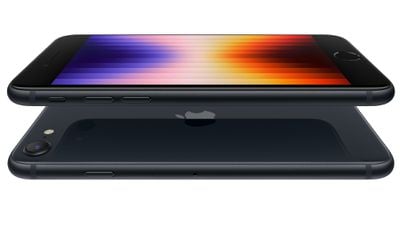
As it is modeled after the iPhone 8 and prior iPhone SE, the 2022 iPhone SE continues to feature thick top and bottom display bezels. The iPhone SE is also Apple's only iPhone that comes with a Touch ID Home button, as all other iPhones now feature Face ID.
The iPhone SE features a 4.7-inch Retina HD LCD display, with True Tone to match the ambient lighting in a room, Wide color, Dolby Vision, and HDR10. It is also powered by an A15 chip and includes 5G connectivity.
To keep costs low, the iPhone SE has a single-lens 12-megapixel rear camera, featuring an ƒ/1.8 aperture with optical image stabilization, wide color capture, Deep Fusion for improved textures, and Smart HDR 4 for improved highlights and shadow details.
The 7-megapixel front-facing camera features an ƒ/2.2 aperture with Portrait mode and Depth Control support despite the lack of a TrueDepth camera system. For more details, check out our dedicated iPhone SE roundup.
Wait for the Next-Generation iPhone SE
Apple is planning to release a fourth-generation iPhone SE with a larger 5.7-inch display as early as 2023, according to display industry consultant Ross Young, who has proven to be a reliable source of information for future Apple products.
It's not yet clear if such a model would retain the Home button and top and bottom bezels or adopt a notched screen with Face ID, but a 5.7-inch display would seem to put it closer to the dimensions of the iPhone 12 mini and iPhone 13 mini, so it may be worth holding out for.























